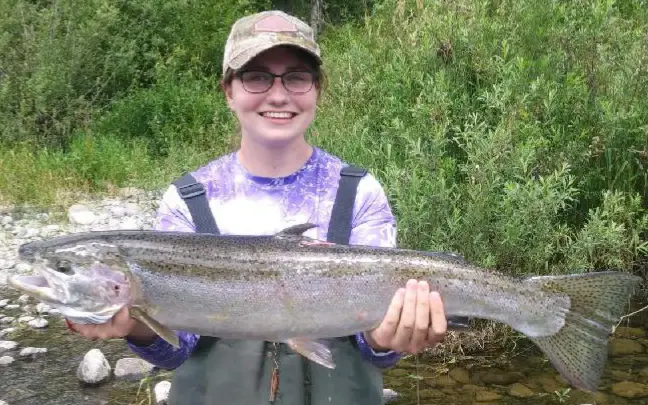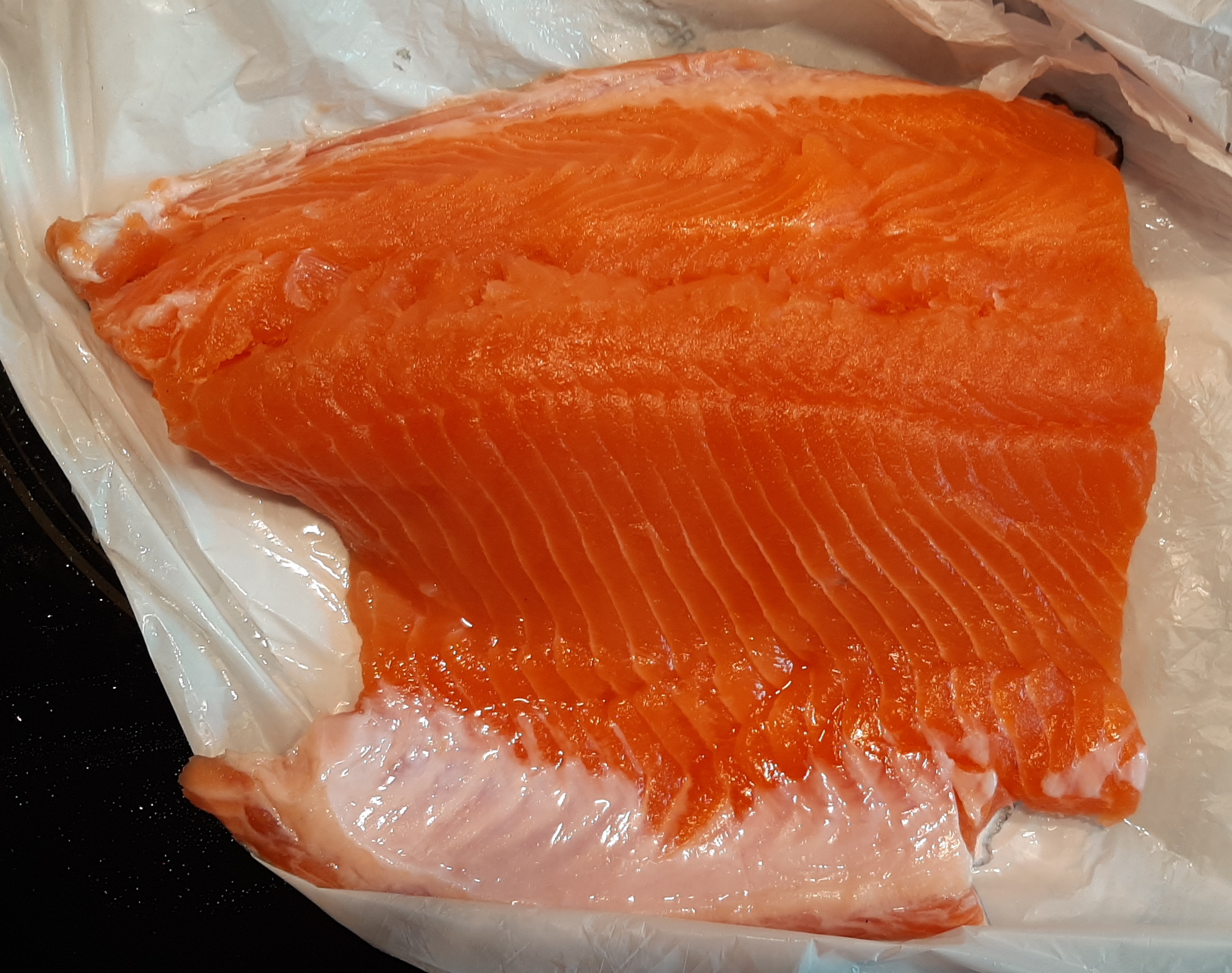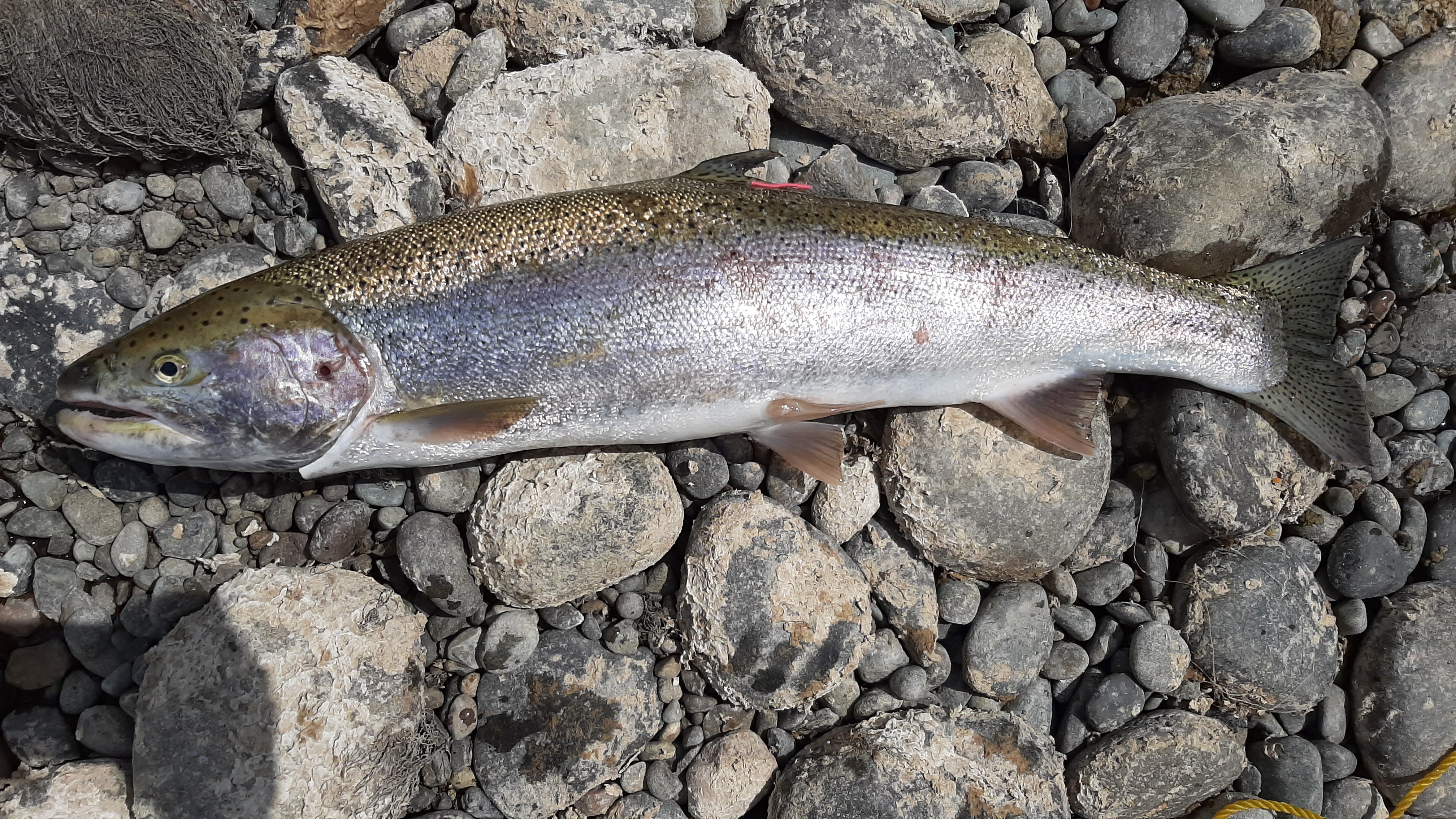Search
Latest Articles
Steelhead for Beginners
by Hannah Pennebaker , January 10, 2021
Let's start off with square one: what exactly is a steelhead trout? Sockeye and kokanee are analogous to steelhead and rainbow trout; one is the ocean going variant of the other. Unlike salmon, however, steelhead do not die after spawning. They can live up to 10 years and weigh 50 pounds. They primarily eat krill when they are young, and then transition to eating small fish and molluscs as they mature. They spend their lives in the ocean and only return to freshwater once a year to spawn. Some fish spawn during the winter, and others spawn during the summer. Summer run steelhead are more prized for their meat quality than winter runs. This is because summer runs have a much higher fat content; they spend more time in the rivers before spawning, so they need to build up more fat to survive the journey. Winter runs are still excellent table fare, however. Winter run steelhead are present in Washington state rivers from January to March. They can be a bit pickier than summer runs, as they want to conserve energy in the cold winter water and won't be as willing to chase down bait. But fear not, this comes with a tradeoff, winter runs fight even harder and will peel drag and dolphin dance on the water, delighting anglers of all ages.
Most coastal rivers in our state have winter steelhead runs, some more than others. The Humptulips, Quinalt, Satsop, and Skookumchuk all have healthy runs of hatchery steelhead. If you're like me and want to avoid combat fishing, you can go on Google Maps and hunt for a spot off the beaten path. A word to the wise, emergency regulations have been put in place for coastal rivers. Fishing from a floating device, and using bait is forbidden. Remember to read your rules before heading out on the water. You can use a boat to reach your fishing spot, but you must fish from shore. There are several boat launches along the Humptulips you can use. Rivers are running high right now due to the rain, but you should be able to find a small beach to fish from. It's not a bad idea to hire a guide for your first time out. For example, Native American guides on the Quinalt are great at putting people on fish.
There are a few different ways to catch winter steelhead. You can drift for them, similarly to how you'd use a corky and yarn for steelhead. Your tackle is as follows, starting from the top: sliding weight or pencil lead on your mainline, swivel, 3-5 feet of leader, corky, yarn, hook. For steelhead, I'd recommend using egg colored corkies. They have excellent vision and are extremely smart. They will key into an offering that looks like another fish's eggs. You might need to play around with your weight depending on the strength of the drift. You should feel your weight plinking along the bottom every few seconds, not dragging. In very clear water, you'll want to use a small, natural colored offering. In colored water, it's fine to experiment with longer yarn and larger corkies to grab the fish's attention. You'll want a medium weight, 8-9 foot rod for drifting, and a reel with plenty of backbone. The trick to drift fishing is feeling the bite. Focus on feeling the bottom of the river, and if you feel a tug, set the hook. Winter runs are not shy biters.
Float fishing is another popular method for catching steelhead. I'd recommend a 10 or 11 foot rod for this; you'll need to lift up and pick your line off the water as it floats downriver. You want as much line as possible off the water, as it slows down your drift and pulls your bobber downstream. Strive for a natural presentation, with bobber straight up and down. The tricky part of bobber fishing is finding the correct depth. You want to be within 1 or 2 feet of the bottom. You'll want to get a sliding bobber and adjust the length of your leader by moving your bobber stop up and down. If your bobber is moving erratically, you're probably dragging on the bottom. A 1 oz bobber and 1/4 oz weight is a good place to start. You can drift a jig, a piece of shrimp, or even a bead. Steelhead jigs come in all different colors and sizes. My favorite is a 1/8 oz jig in a pink or orange pattern. It's a good idea to have a few different colors to try, if the fish aren't biting.
One technique that's rising in popularity is twitching jigs. Usually this is reserved for coho, but an aggressive steelhead will also hit a properly twitched jig. Short, 7 to 8 foot rods are best for this. Cast out a 3/8 to 1/2 oz twitching jig, let it sink, then jig while retrieving. Switch up your retrieve if you aren't getting bites. Try different speeds, pauses, and depths. Orange, pink, and even red are good bets.
Always remember that native steelhead are illegal to remove from the water, even for a quick photograph. Keep your fish fully in the water and first check if it has an adipose fin. If the adipose fin (the small, thumb sized fin between the dorsal fin and the tail fin) is present, that's a native steelhead. Hatcheries will clip adipose fins before releasing their fish. If you do catch a wild steelhead, it's good practice to remove your hook from the fish's mouth as soon as possible, and move the fish back and forth through the water gently to let it recover and get water running over its' gills. Once the fish starts pulling away, gently let it swim off. Wild steelhead runs are dwindling, so it's important to handle them with care.
I hope these tips help illuminate some of the mystery of catching steelhead. Just keep in mind that it's all about getting your presentation down to where the fish are cruising at. Tight lines out there!
Hannah Pennebaker graduated from Pacific Lutheran University with a degree in Environmental Studies. She enjoys both freshwater and saltwater fishing adventures in the Puget Sound area with her fishing group, the Straw Hat Fishermen.


